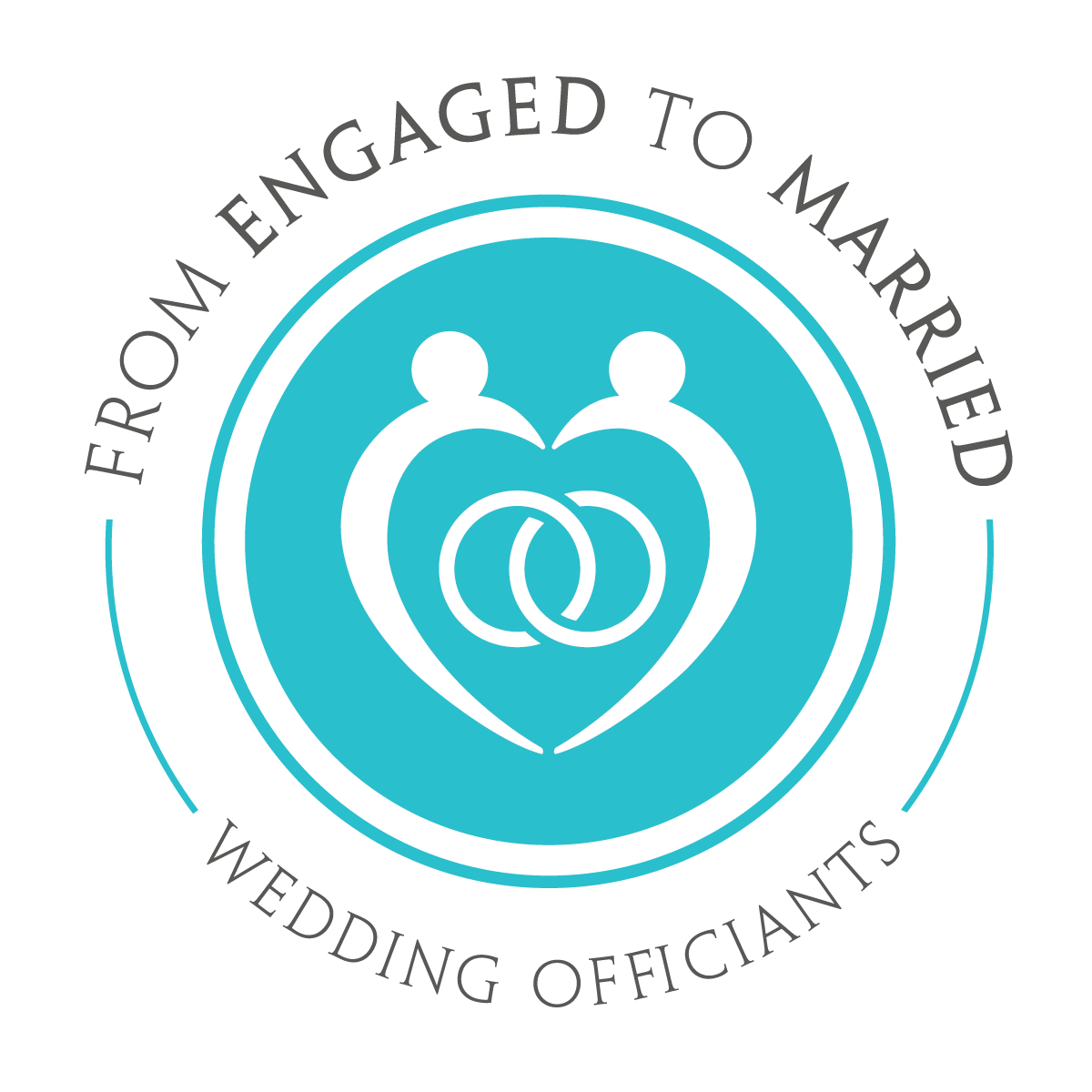Love Across Cultures: Incorporating Elements To Your Wedding Ceremony To Celebrate Your Heritage
You are planning your wedding, and you want to make it unique and meaningful as your love story. You are also trying to incorporate both of your family traditions. Incorporating cultural elements into your ceremony isn't just a trend—it's a beautiful way to honor your heritage and make your day unforgettable.
Handfasting ceremony
Why Go Multicultural?
Many of us are fortunate enough to fall in love with someone from a different cultural or religious background (ours is an interfaith marriage). And celebrating those differences is what will make your wedding ceremony special! Incorporating elements from both cultures or faiths into your ceremony allows you to:
Honor Tradition: Pay homage to your ancestors and the traditions that shaped you.
Personalize Your Day: Make your wedding uniquely yours by blending customs and rituals.
Create Lasting Memories: You, your family, and your guests will all have an experience they'll never forget!
Latin American Traditions to Consider
If you have a Hispanic background, you know the many beautiful traditions to incorporate into your wedding ceremony:
Las Arras: It is a symbolic exchange of thirteen coins, 12 Gold and 1 Silver, representing Jesus and his twelve apostles. It is considered a promise of commitment and trust from one person to their significant other. They are becoming a family, and they will share wealth and prosperity.
Rosario o Lazo: A rope or oversized rosary draped around the couple’s shoulders reflects unity. The same idea goes with a Veil. This ceremony symbolizes that the couple is bound together by God.
Unity Veil
Cultural Readings or Prayers: Include readings, blessings, or prayers from Latin America to honor your heritage.
Interfaith Ceremonies
If you and your partner come from different faiths or belief systems, there are ways to celebrate both faiths. Merge traditions from both faiths into a cohesive and meaningful ceremony. For example, for a Christian and Jewish ceremony, we included a Unity Candle ceremony and, at the end, the Breaking Of The Glass. Your officiant would be the best reference point for knowing where to include each tradition.
Choose Your Officiant Wisely
Now, here's the crucial part. To celebrate a multicultural or interfaith ceremony, you need an officiant who gets you and the elements you are trying to incorporate. Someone who understands the nuances of different traditions and beliefs and can weave them together beautifully.
Why? Because this isn't just about ticking boxes; it's about creating a harmonious and memorable experience. Your officiant should:
Be Culturally Sensitive: Respect and understand the significance of the rituals and traditions you want to include.
Be Creative: Able to design and write a ceremony that reflects both of you authentically.
Be Experienced: Familiar with a variety of cultural and religious customs to guide you smoothly through the process.
Your wedding ceremony is a sacred moment that marks the beginning of your new life together. It should reflect who you are as individuals and as a couple. So, don't settle for a cookie-cutter ceremony. Embrace your cultural heritage, honor your traditions, and make your day as unique and unforgettable as your love story.
Ready to start planning your wedding ceremony? Let’s set up a virtual meeting! We specialize in celebrating rituals and traditions from all walks of life, and we can bring your vision to life!



